B.GBP.2501 - Review of portable forage quality assessment tools
Other forms of spectroscopy include visible, mid infrared, Raman, and fluorescence spectroscopy.
| Project start date: | 08 May 2025 |
| Project end date: | 31 January 2026 |
| Publication date: | 29 October 2025 |
| Project status: | In progress |
| Livestock species: | Grain-fed Cattle, Grass-fed Cattle, Sheep, Goat, Lamb |
| Relevant regions: | National |
Summary
Pasture nutrition forms the foundation of all grazing livestock systems, yet accurately and affordably measuring both the amount consumed and the nutritional value of pasture remains a persistent challenge. Enhancing nutritional management is key to boosting the efficiency and sustainability of grazing operations, meeting the standards of premium markets, and ensuring continued operational approval.
Objectives
The objective of this review was to summarise the potential for using portable and handheld spectrometers to measure feed and forage quality.
Key findings
Equipment developed in recent years to facilitate management of grazing cattle, like Optiweigh, provide opportunities for more refined management.
Benefits to industry
Readily available and near-real-time (e.g. on farm) Near Infrared Spectroscopy (NIRS) measurements of feeds, and of the diet selected by grazing livestock, provides for more refined management in beef and sheep production systems.
MLA action
With several other forms of spectroscopy that have potential application for the measurements of feeds and other aspects of livestock production, MLA is using the findings of this review to inform new opportunities for the industry.
Future research
Currently, calibrations for P+HH spectrometers need to be validated and modified on a regular basis to maintain their performance. It is imperative these calibrations are improved to have access to the best possible NIRS measurements of feeds and faeces.
More information
| Project manager: | Tony Parker |
| Contact email: | reports@mla.com.au |
| Primary researcher: | Central Queensland University |


